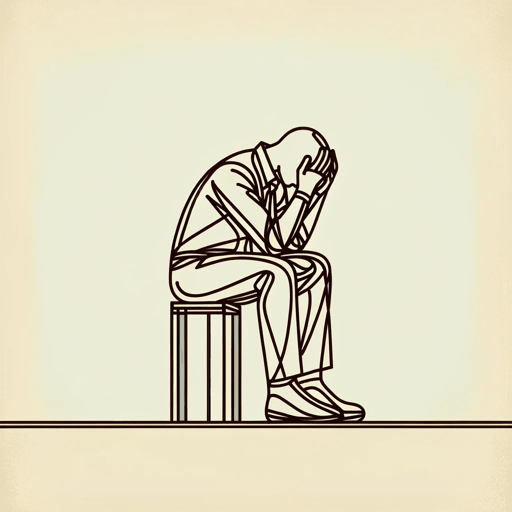15 pages • 30 minutes read
Walt WhitmanHours Continuing Long
Fiction | Poem | Adult | Published in 1860A modern alternative to SparkNotes and CliffsNotes, SuperSummary offers high-quality Study Guides with detailed chapter summaries and analysis of major themes, characters, and more.
Background
Literary Context
“Hours Continuing Long” made its first appearance as one of 12 poems that Whitman carefully copied into a notebook in the spring of 1859. He numbered them in Roman numerals, suggesting that he saw them as forming an interrelated cluster of poems, which he titled “Live Oak, with Moss,” a title taken from the second of these poems, “I Saw in Louisiana a Live-Oak Growing.” “Hours Continuing Long” was number VIII in the sequence. The group of poems tells the story of a love relationship between the speaker, Whitman, and an unnamed man that begins in happiness (poems I to VII) but ends in an estrangement (poem VIII). In the remaining poems, Whitman seeks consolation and hope for the future.
All these poems found their way into the “Calamus” section in the third edition of Leaves of Grass in 1860, but they were distributed throughout the 45-poem section in a way that obscured their original connection. Perhaps Whitman thought that as it stood, the sequence was too bold and too intimate in the way it presented same-sex love. He intended the “Calamus” section to celebrate male friendship, what he called “the dear love of comrades” (“I Hear it was Charged Against Me”), “adhesiveness” (“Song of the Open Road”), and “manly attachment” (“In Paths Untrodden”), notions to which no one could object (and no one did).
Related Titles
By Walt Whitman

A Glimpse
Walt Whitman

America
Walt Whitman

A Noiseless Patient Spider
Walt Whitman

Are you the new person drawn toward me?
Walt Whitman

As I Walk These Broad Majestic Days
Walt Whitman

Crossing Brooklyn Ferry
Walt Whitman
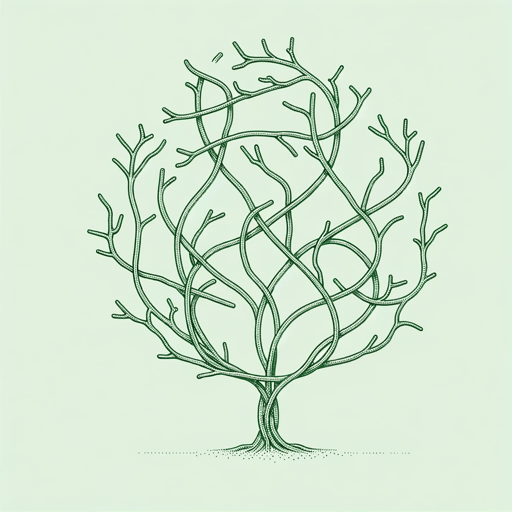
For You O Democracy
Walt Whitman

I Hear America Singing
Walt Whitman
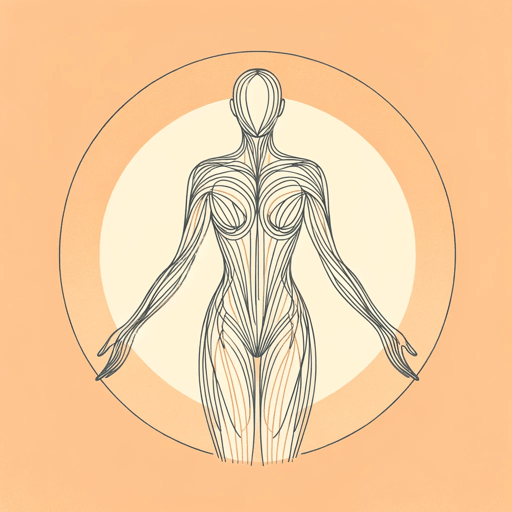
I Sing the Body Electric
Walt Whitman

I Sit and Look Out
Walt Whitman

Leaves of Grass
Walt Whitman

O Captain! My Captain!
Walt Whitman
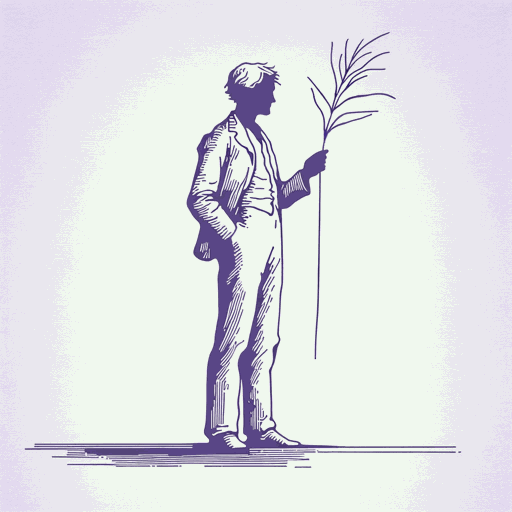
Song of Myself
Walt Whitman
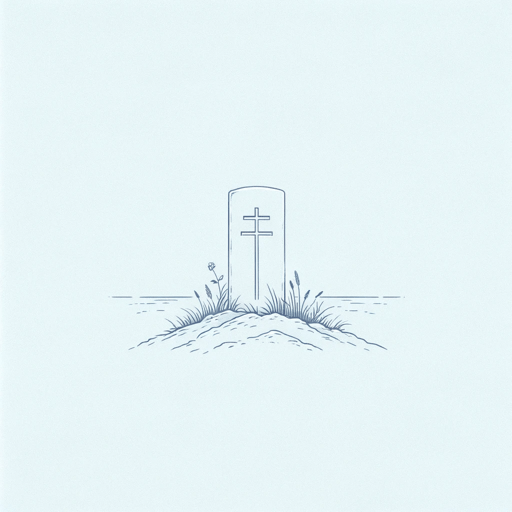
Vigil Strange I Kept on the Field One Night
Walt Whitman

When I Heard the Learn'd Astronomer
Walt Whitman
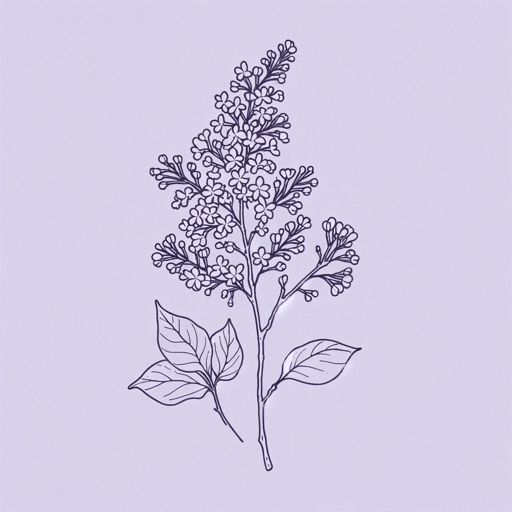
When Lilacs Last in the Dooryard Bloom'd
Walt Whitman
